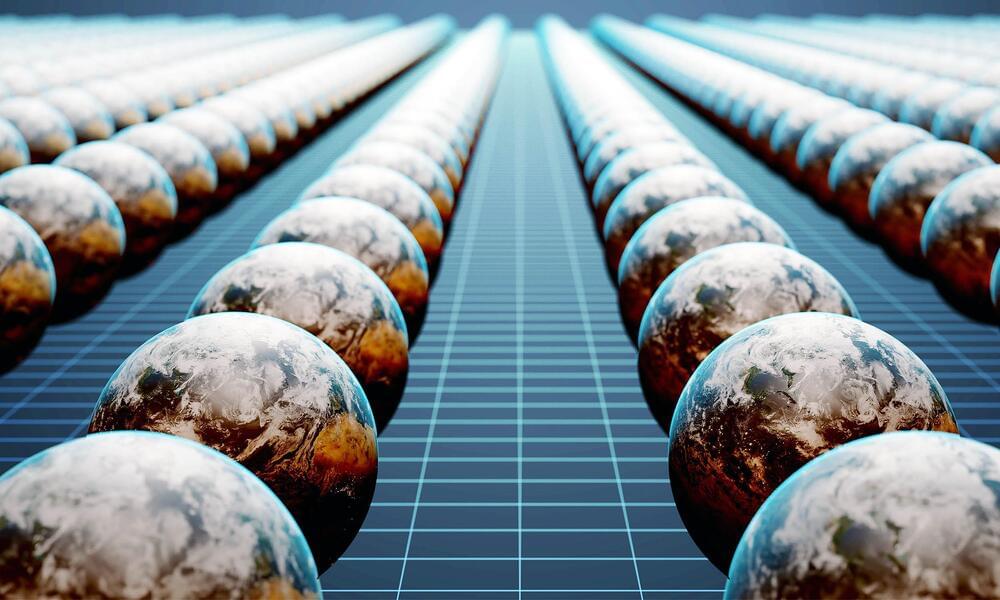In the early moments following the Big Bang, matter and antimatter should have been created in equal amounts. However, 13.8 billion years later, the Universe is overwhelmingly made of matter, with antimatter nearly absent. This strange imbalance has baffled scientists for decades, hinting that something must have occurred to tilt the balance in favor of matter.
One of the leading theories to explain this disparity is charge–parity (CP) violation, a phenomenon predicted by the Standard Model of particle physics. CP violation refers to a small but measurable difference in how matter and antimatter behave.
However, the Standard Model predicts that the number of CP violations is far too small to account for the vast predominance of matter. So far, CP violation has only been observed in certain particle decays, notably in mesons — particles made of quarks and an antiquark. To truly understand the origins of the matter-antimatter imbalance, scientists need to see CP violation in a broader range of particles, particularly baryons, composed of three quarks.









